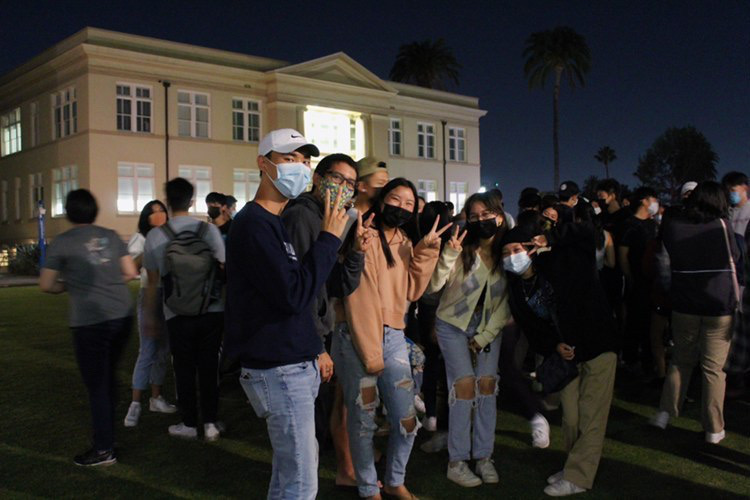
Sometimes it’s something small. Students aggressively applying hand sanitizer or muttering under their breath. Other times it’s bigger: harassment on the streets, or even teachers refusing to directly hand Asian students class materials.
Chapman’s newly formed Asian Pacific Political Alliance club was more than incensed by the events happening around Chapman’s campus.
“It increased club morale almost, because we felt the club was very much necessary, we felt really validated in a way,” said Libby Chun, a board member for the club. “It’s obvious that it’s even more pressing that we discuss topics of political interest and closer spheres.”
That is a given. Right? But not so fast.
While it would be easy to paint the Asian American experience on campus in black and white, people see and understand the world differently. The Asian Pacific Political Alliance club was the only one of four Asian-American Pacific Islander clubs interviewed to cite the Asian hate crimes as motivation to speak out against injustice on campus. The question is: why?
One reason worth looking into is the model minority myth.
The model minority myth, popularized in the 1960s, is the idea that Asians have large amounts of socioeconomic success often in comparison to other minorities. The prevailing reason for this is their supposed “strict cultural values.” However, the original essay with this exact term fails to take into account the fact that improved treatment of Asians coincided with increased trade between the United States and Asia.
Sadly, it is more pervasive than people think. If you get a B in math instead of an A, you’re not an average student — you’re a “stupid Asian.” If you aren’t a piano prodigy, well then, what were you doing the first 10 years of your life? And if you speak up about the injustice plaguing your community, you should shut up because other minorities have it worse.
But as Chun pointed out, the model minority myth does not a colorblind person make.
“I think it personally makes me a little bit angry, because it was something my dad encountered a lot in his work,” Chun said. “If anything happened in terms of racism or being treated badly at work it was usually heard and his needs were met. But, as soon as he started climbing up the ladder, the attitude was flipped.”
The Asian Pacific Political Alliance club was originally formed in the fall of 2019, but took a while to kick off due to COVID-19. The reason for their club? Despite the fact that Asian-Americans are the largest growing ethnic group, they are the least politically involved.
According to NPR, the model minority myth pits races against one another in an attempt to distract from the real common enemy. If Asians do not want to lose their spot, then they should stay complacent. Politicizing and speaking openly about injustice are not part of the status quo.
It would be easy to explain away the reasons Asians do not speak up with a supposed over analysis on their psyche in relation to this myth. But some Asians defend having other priorities. They’ve created their own sense of community at Chapman.
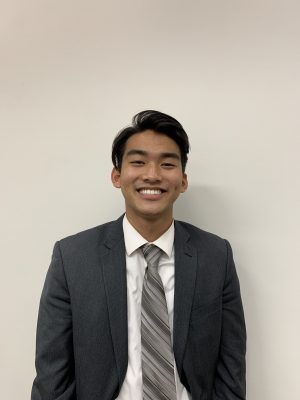
Kai Itokazu, the president of Nikkei Student Union, said diversity and lack of inclusion have never been an issue on campus for him.
“I think it is all perspective honestly. If you were to ask me if it was diverse, I would think it is very diverse because of where I’m from,” said Itokazu, a Thousand Oaks native.
Kelly Pham, the president of the Vietnamese Student Association, agreed:
“We are getting more diverse every year. I don’t ever feel alone.”
Their experiences remain more relevant than any study. Chapman’s ethnic statistics could probably take a page from their book.
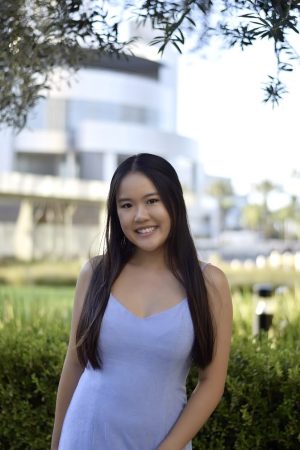
According to Datausa, Chapman is demographically 50% Caucasian. Asians make up 17% of campus, and African Americans only a tiny 2%.
How then, do we end up with such wildly different perspectives on campus diversity?
Junior animation major Jessica Jeon pointed out, some Asians tend to stick together.
“Back in Korea it’s really normal to do certain things, but here it’s not. It’s easier to be with people with whom you share cultural aspects,” Jeon said.
A piece published by Columbia University corroborated Jeon’s point. In that article, a Chinese student, Annabelle Liu, mentioned that Caucasian students simply have trouble understanding the cultural differences between races. She mentioned that few want to put in the effort.
The barrier of entry is even higher for international students unfamiliar with American culture.
“When people come here, they can’t drive. It’s also more expensive here. I think they’re really lonely,” Jeon said.
Jeon’s family immigrated from Korea when she was 10 years old. She cited a fear of being judged for not being fluent in English as one of the primary reasons she initially had trouble assimilating.
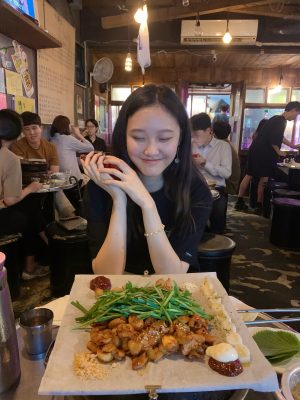
With these concerns in mind, it would make sense that some Asian students would seek out people who understand them.
Or, perhaps Chapman really is becoming a more diverse haven for Asian students amidst the pandemic.
Said Kevin Cho, President of the Korean American Student Association, “I do feel like Chapman has learned a lot from its past, so they have been able to let people be more vocal in a sense. Not just the Asian culture, but anyone in general.”
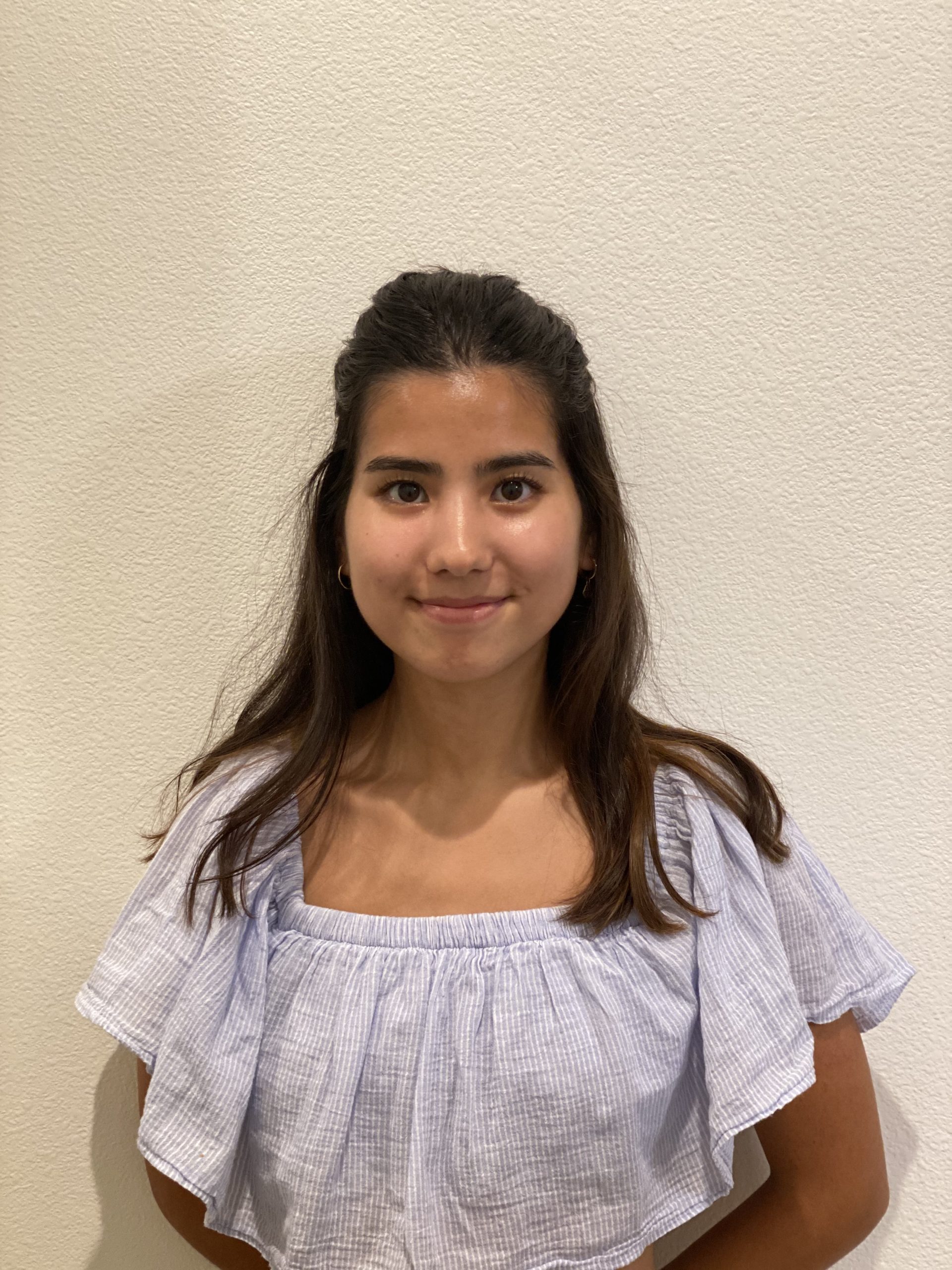
Ava McLean is an avid traveler, milk drinker, and artist. Her life’s biggest regret is bleaching and dying her hair with information she received off of Youtube. Her hair is still recovering from that experience.
Ava McLean is an avid traveler, milk drinker, and artist. Her life's biggest regret is bleaching and dying her hair with information she received off of Youtube. Her hair is still recovering from that experience.
